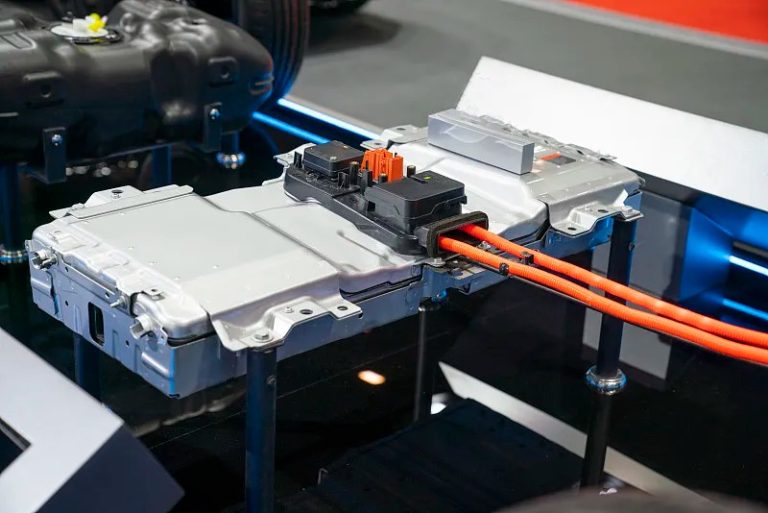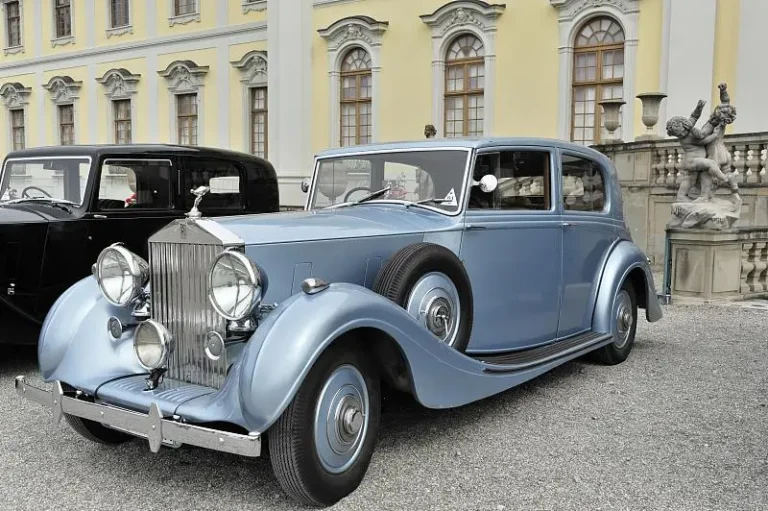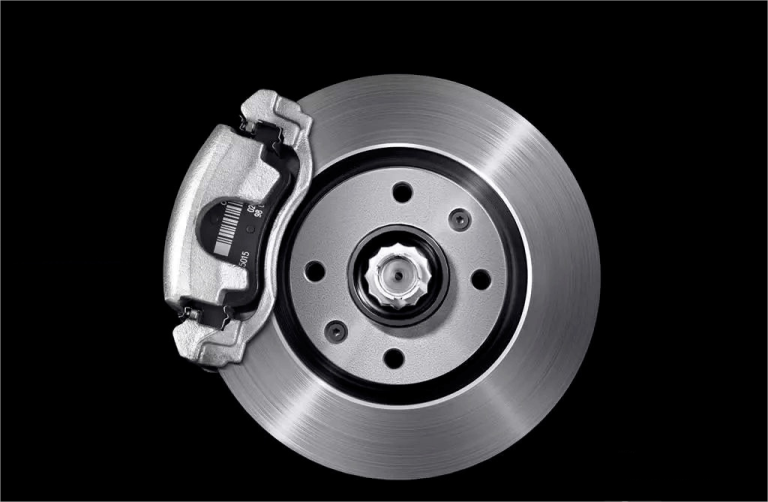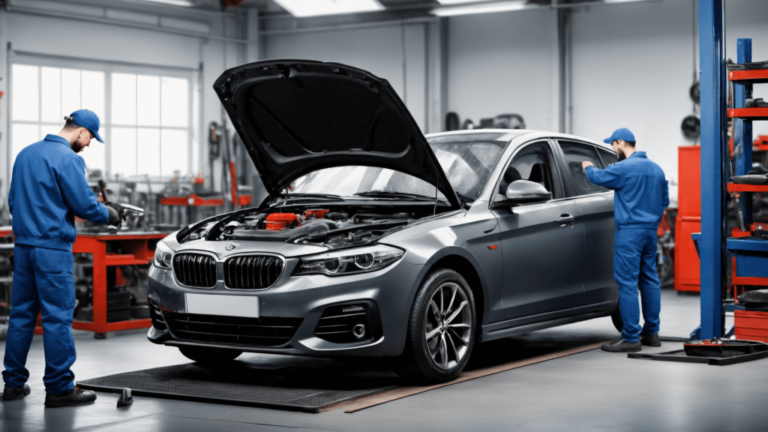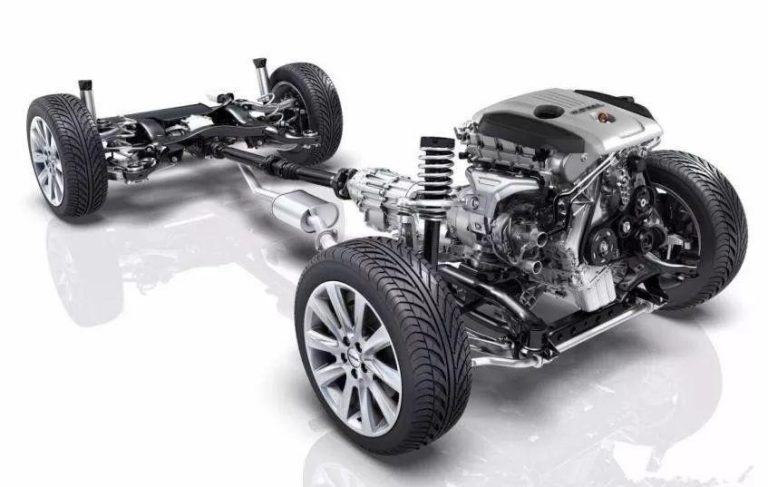Top 4 Most Famous Car Engine Types Explained
The engine is the most important part of a vehicle. It's also what most buyers care about when shopping for a car. They often check the engine displacement, review power output, and inspect for oil leaks. After all, the engine is the heart of any vehicle—when it fails, it affects the car’s overall mechanical performance.
But do you know what types of engines are out there? Today, we’ll explore four of the most well-known car engine types in the world. Let’s get started.
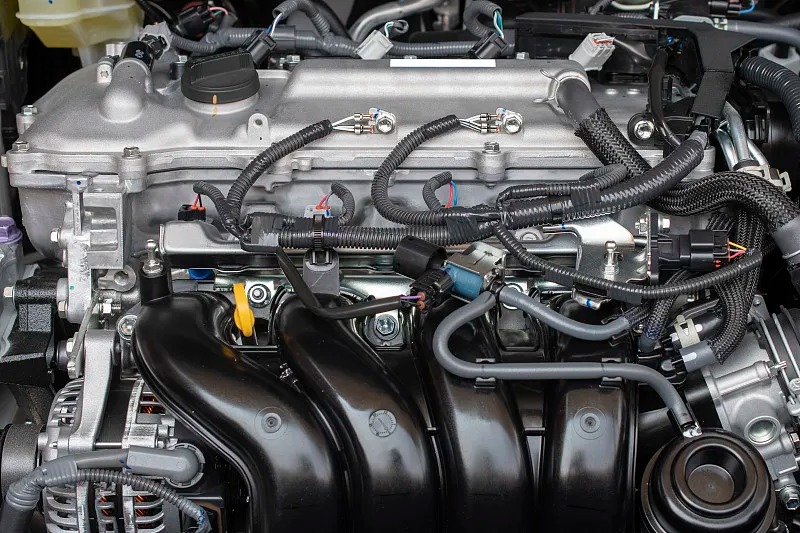
1. Inline Engine (Straight Engine)
The inline engine, also known as the straight engine, is the most widely used car engine layout in the market. It has a simple cylinder block and crankshaft structure, which makes it cheaper to manufacture. It’s also highly stable and performs well at low torque, offering decent fuel efficiency and power output for everyday driving.
As the name suggests, the cylinders are arranged in a straight line. This type is usually marked with the letter "L" followed by the number of cylinders. For example, L3 means a 3-cylinder inline engine, and L4 indicates a 4-cylinder inline engine. Popular models like the Honda Civic, VW Lavida, Nissan Sylphy, and Mazda Axela all use inline engines.
Despite its advantages, the inline layout requires more engine bay space. It becomes impractical for engines with many cylinders, such as an 8-cylinder version. Moreover, inline engines generate less power, which limits their use to compact and family cars. For high-performance or large-displacement vehicles, the V-type engine is a better choice.
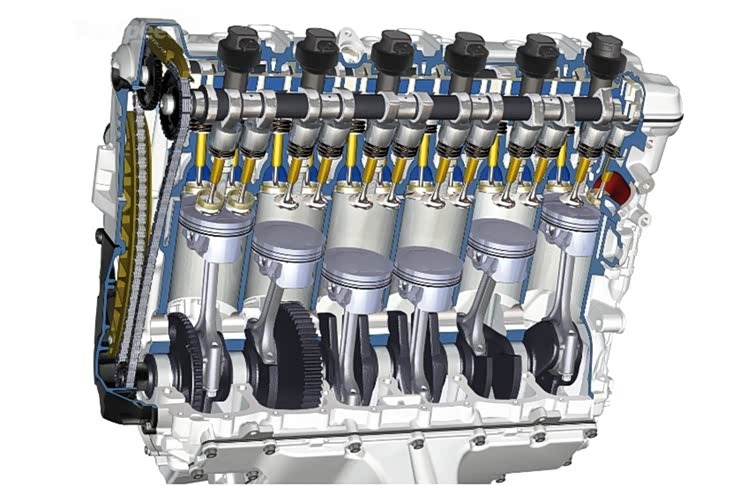
2. V-Type Engine
The V-type engine solves the space problem of the inline engine. It divides the cylinders into two banks, positioned at an angle to form a "V" shape. This design allows for more cylinders, larger bore sizes, and greater power output.
Vehicles like the VW Phaeton with a V6 engine and the Rolls-Royce with a 6.5L V12 engine use this layout. It saves space in the engine bay and creates more room in the passenger cabin, improving comfort. Additionally, the V arrangement reduces vibrations between cylinders, resulting in smoother mechanical performance.
However, V engines are more complex and expensive to produce. Repairs can be costly when something goes wrong. That’s why you typically find V engines in luxury cars and not in standard family vehicles.
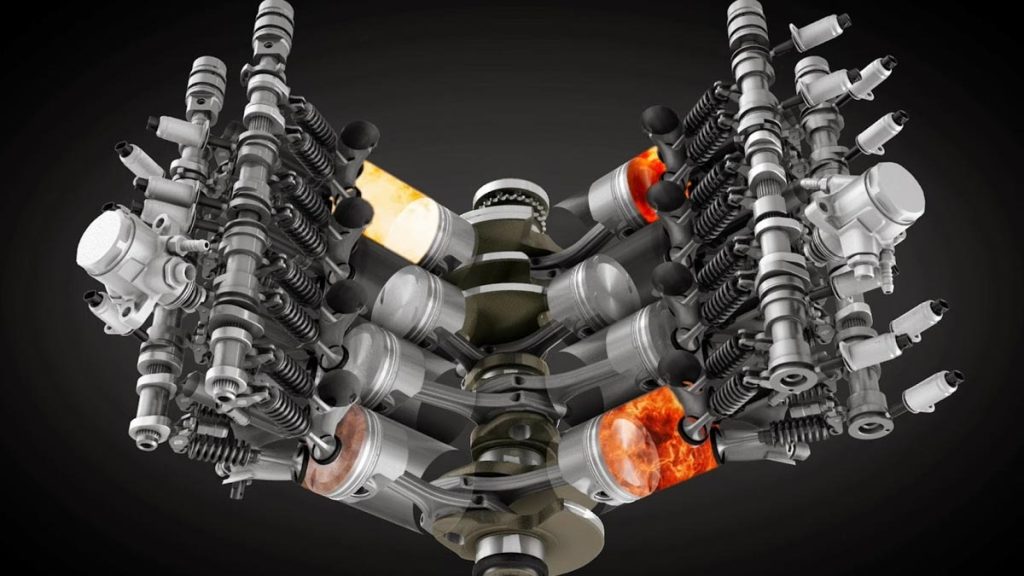
3. Rotary Engine
Many think that Mazda invented the rotary engine, but it was actually created by a German engineer named Felix Wankel. Mazda purchased the rights and made it famous by implementing it in their own cars.
In the early days, rotary engines weren’t well understood. Repairs were difficult, and performance issues led to skepticism. But after years of development, Mazda mastered the technology. Today, it’s a key part of their brand identity.
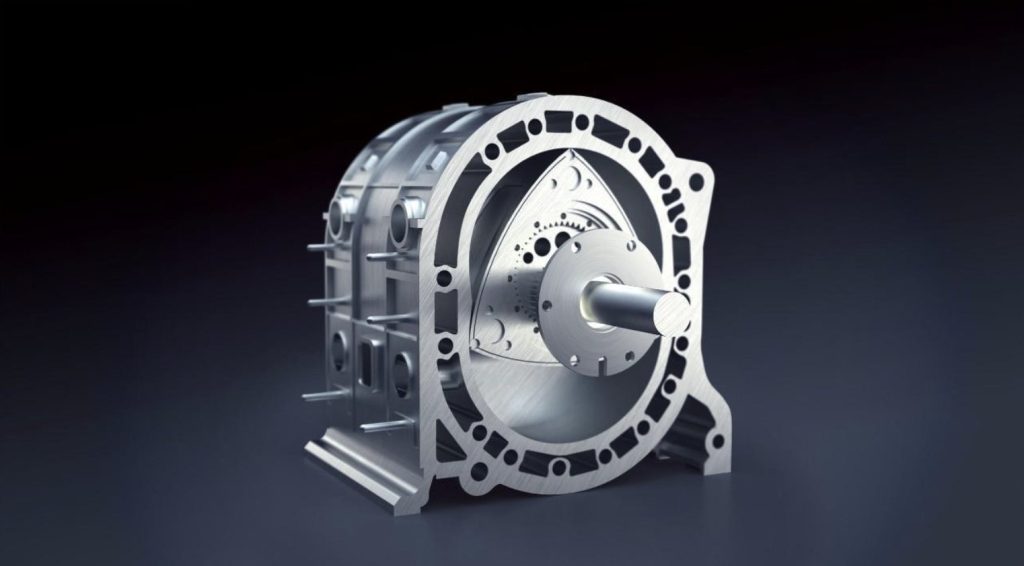
4. Boxer Engine (Horizontally Opposed Engine)
The boxer engine is mainly used by Subaru, making it stand out among Japanese automakers. While most Japanese brands prefer inline engines, Subaru sticks with this unique layout. Although it limits mainstream appeal, enthusiasts appreciate its benefits.
Unlike inline or V-type engines, the boxer engine places pistons on both sides of the crankshaft. The pistons move horizontally and in opposite directions. This layout lowers the vehicle's center of gravity, improving stability and handling.
However, the boxer engine is more complex. It struggles with even lubrication, especially due to gravity’s effect on the horizontally moving pistons. Over time, uneven cylinder pressure may cause engine shake and wear.
Despite these issues, the boxer engine is excellent for performance. It’s widely used in sports and racing cars like the Porsche 718 and 911, where acceleration and stability matter most.
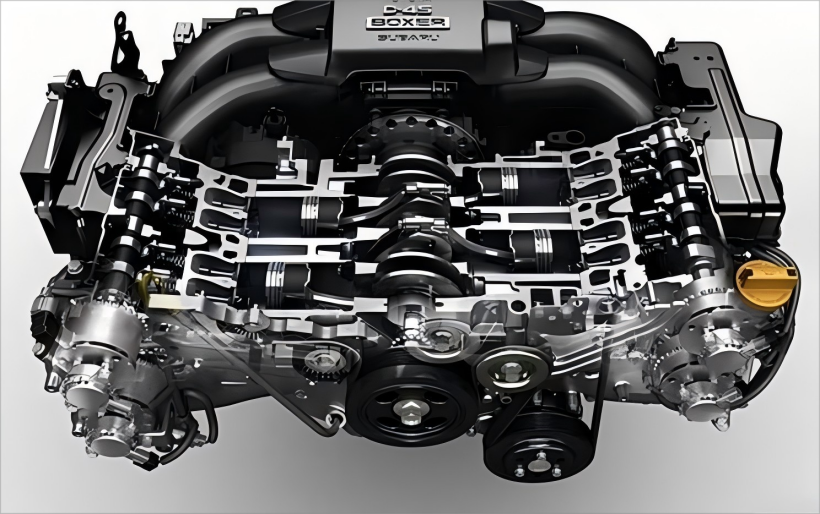
Final Thoughts
These four car engine types dominate the global auto industry. Inline engines are common in family sedans and SUVs, offering a balance of cost and efficiency. V-type and boxer engines, on the other hand, power luxury and high-performance cars. The rotary engine, though rare, has its own niche following. So, what type of engine powers your car?
If you have a need to buy a used car, or if you run a car business, we’re here to help. As a leading exporter with over 20 years of experience, DDong Used Cars offers a wide range of vehicle brands (100+), efficient logistics, and after-sales support.
Contact us today to learn more. Simply let us know what you’re looking for, and we’ll provide you with an unmatched sourcing experience. Explore our news section for more automotive insights and tips for running a successful dealership.

